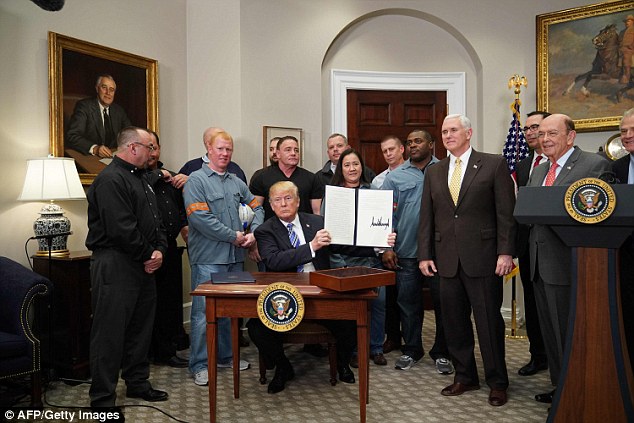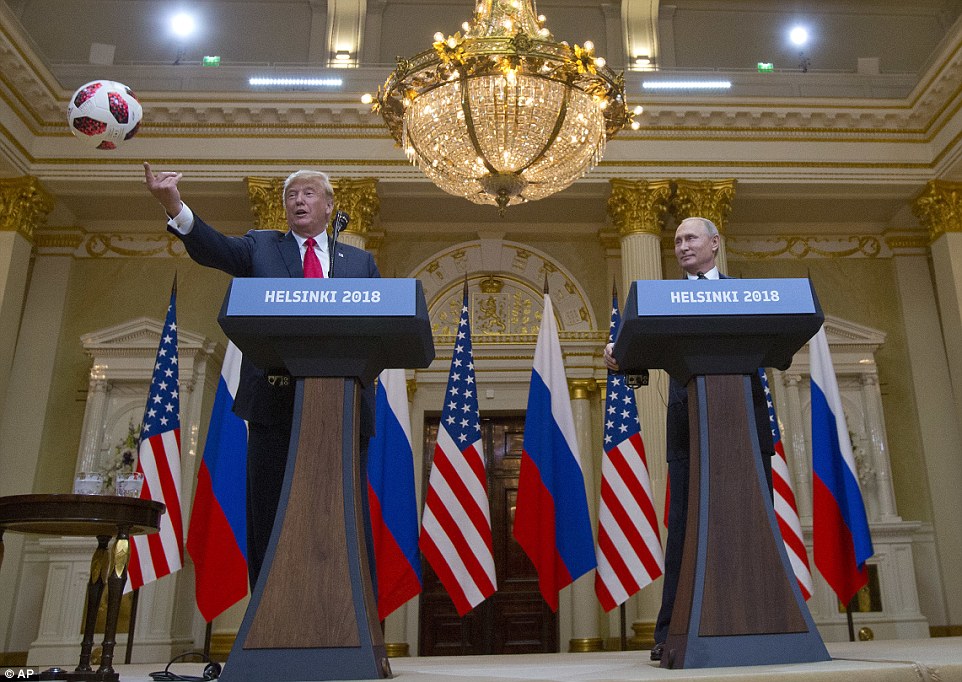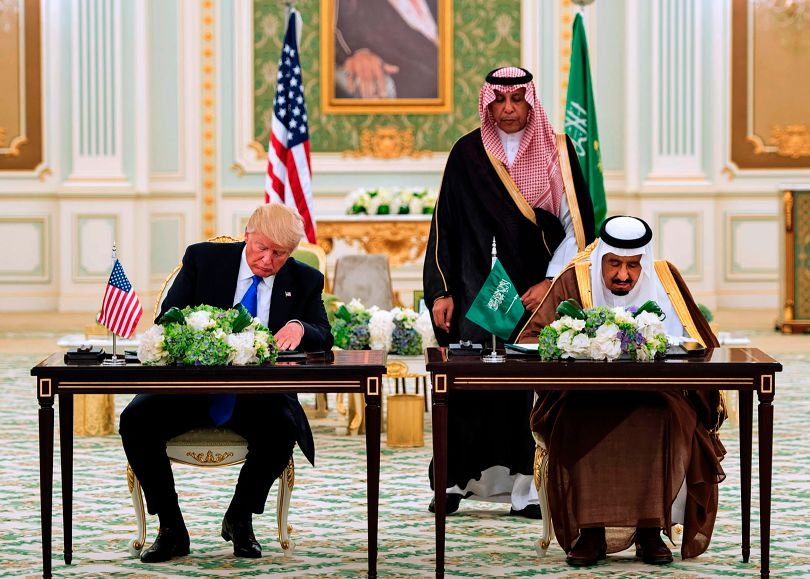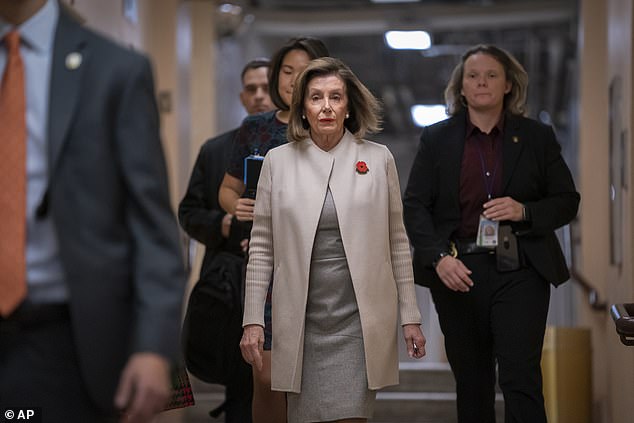It’s official! Defying global criticism and pressure including within his own party, President Trump went ahead on Thursday to sign an order imposing 25% import tariffs on steel and 10% for aluminum, exempting Canada and Mexico pending ongoing trilateral NAFTA negotiations in Mexico City.
In the officiating ceremony at the Oval Office, ceremony, President Trump was flanked by steel workers on one side and senior Administration officials like Vice President Mike Pence, Secretary of Commerce Wilbur Ross and Steven Mnuchin.
“You are truly the backbone of America, you know that?” he turned to the blue-collar foundry and mill workers to his his right. “You are special people,”
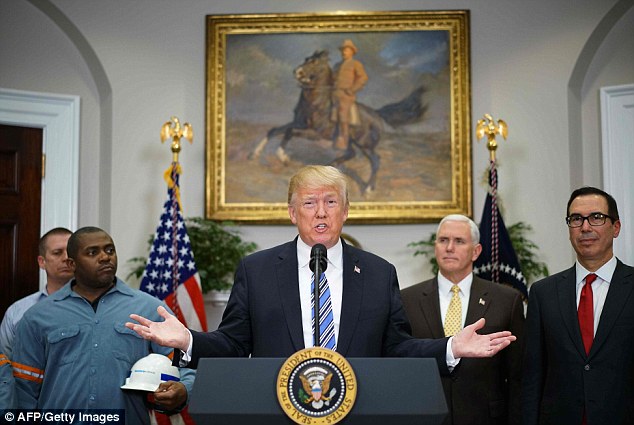
President Trump flanked by blue-collar steel workers and members of his cabinet officiating the proclamation of steel and aluminum tactics. Credit: AFP/Getty Images
After blasting the dumping of cheap steel and aluminum on the U.S. market as “an assault on our country,” President Trump then suggested that the best outcome for those companies would be to relocate their operations to the United States, insisting that the domestic steel industry is a vital national security that needs protection.
“If you don’t want to pay tax, bring your plant to the USA,” he said.
“We want a lot of steel coming into our country but we want it to be fair and we want our workers to be protected.”
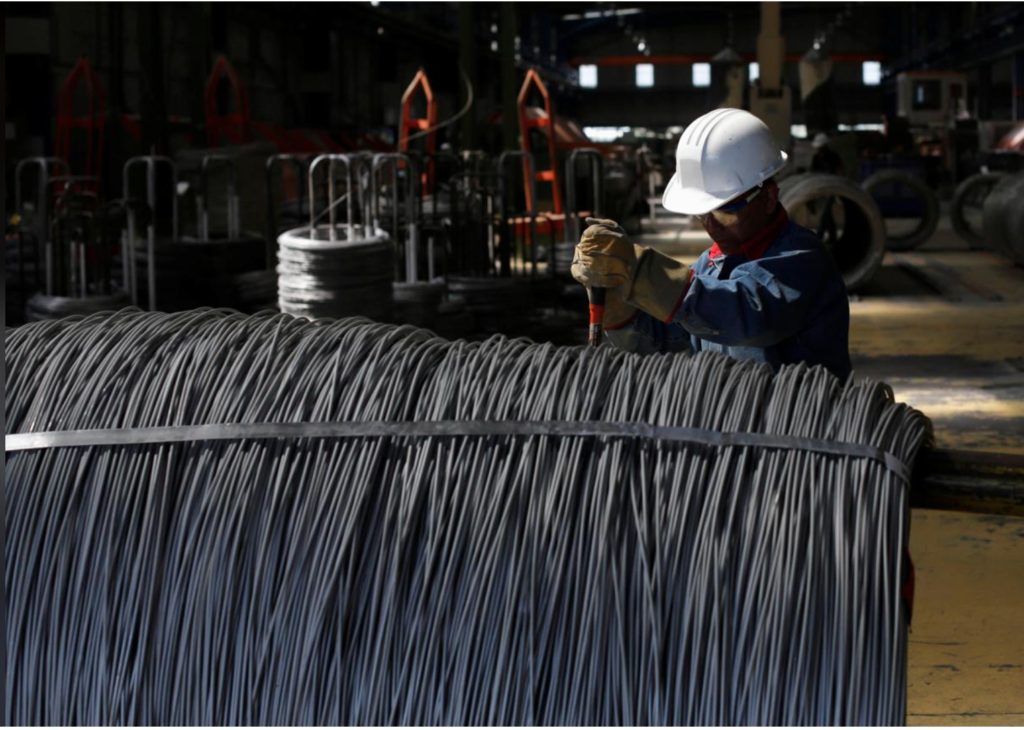
President Trump first announced the imposition of new tariffs on steel and aluminium on Marc 1, 2018. Credit: Reuters
While members of the GOP, his own Republican party threw a fit, with their criticism forceful and unyielding, many Democrats including those in swing states that Trump won resoundingly, embraced the tariffs with the West Virginia Senator, Joe Manchin saying it was “past time to defend our interests, our security and our workers in the global economy and that is exactly what the President is proposing with these tariffs.”
The stock market that had feared an escalated Trade War also responded positively with stocks rising after the announcement. U.S. steel stocks, the Canadian dollar and Mexican Peso as well as Asian stocks rose after the announcement.
Meanwhile, a senior official in the White House said the national security underpinnings of the new policy were “unassailable,” further clarifying that the offer of loopholes would be somewhat limited.
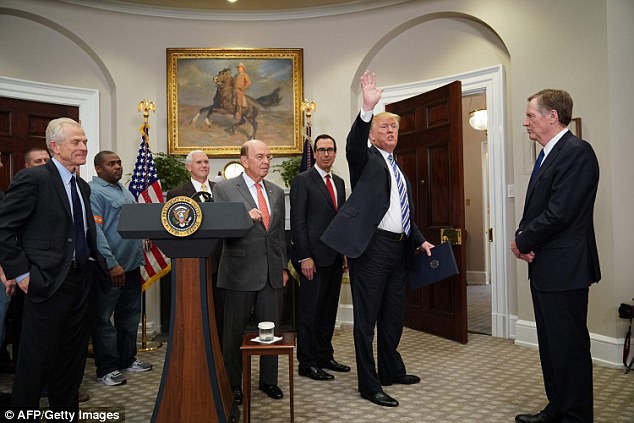
President Trump at the Oval Office officiating the new proclamation on steel and aluminum tariffs on Thursday, 8 March 2018. Credit: AFP/Getty Images
The official also indicated that President Trump “will allow any country with which we have a security relationship to discuss with the U.S. and the President alternate ways” of protecting America’s interests while cautioning that those petitioning countries would have to prove that their steel and aluminum exports aren’t harmful to America’s national security capabilities.
“It doesn’t just refer to National Defense. It’s National Security, broadly defined,” the official added.
That measuring stick could encompass anything from protecting domestic steel mills and foundries to guaranteeing the availability of affordable materials for the automotive and aerospace industries.
Threats Of Counter-Measures
Several major trading partners like the EU had threatened to levy their own counter measures in response to the tariffs.
Europeans had threatened to impose counter-measures on the following U.S. products: Harley-Davidson Inc. motorbikes, bourbon, Levi’s jeans, oranges and tobacco. Most targeted products are in swing-states that Trump won including in Wisconsin, the home state of the Republican U.S. House of Representatives Speaker Paul Ryan’s in a bid to weaken the Trump Administration in the upcoming midterms.
Countries like U.K, Canada and Mexico that are close to the U.S. will be exempted from the tariffs while some countries including in Europe are already out-maneuvering each other to meet with President Trump in a bid to negotiate or win exemptions from the White House.
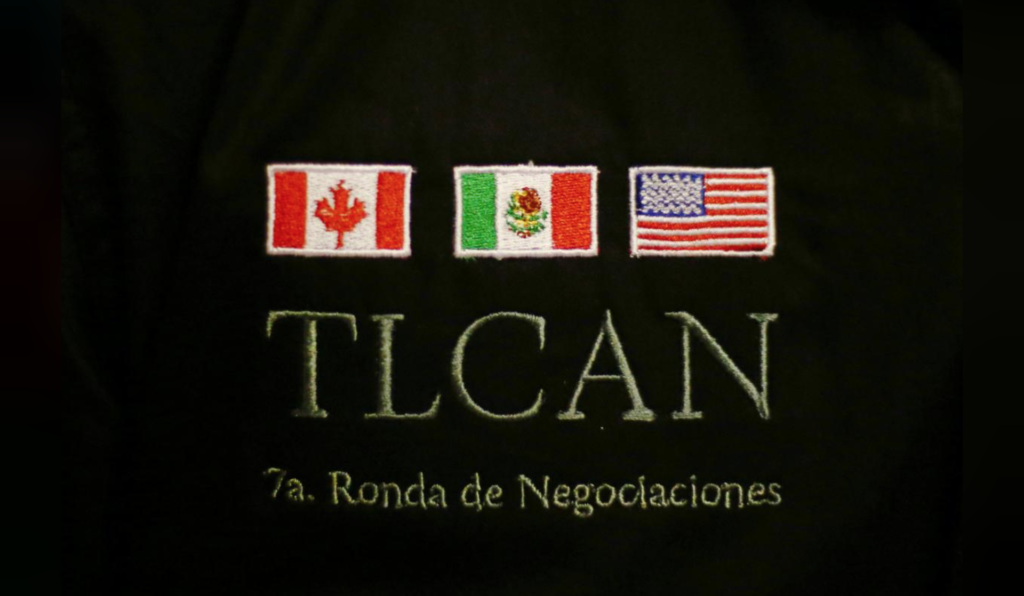
NAFTA logo in Mexico City during trade negotiations between Canada, U.S. and Mexico, 25 February 2018. Credit: Reuters/Edgard Garrido
China had a record $375.2 billion goods surplus with the United States last year.
Trade tensions between the world’s two largest economies have risen since President Trump took office last year, and although China accounts for about 50% of the global steel exports, it is this trend that these tariffs are aiming to curtail.
Reports are coming out that his new order announced today has already led to one major U.S. steel factory in the state of Illinois to re-open, and the company is reportedly hiring 500 workers while this is unfolding.
The new tariffs are expected to take effect in 15 days or March 23.
Copyright © 2018 Manyika Review. All Rights Reserved.

